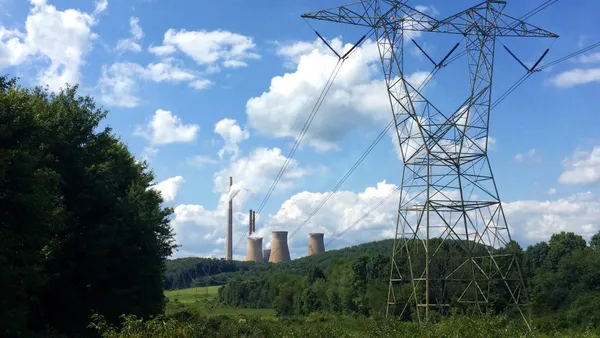Dive Brief:
- Indianapolis Power & Light last week retired four units at its Eagle Valley Generating Station, highlighting the need for a cleaner and more diverse generation mix. The facility will be replaced by a new 671 MW combined-cycle gas facility, Platts reports.
- Along with IPL, Platts points out that three other utilities also closed coal plants on Friday: Duke Energy Indiana, Consumers Energy and Holland Board of Public Worksm in Michigan.
- All total, the retirements amounted to 2,000 MW of coal capacity located in the Midwest.
Dive Insight:
Coal retirements are becoming common, but Friday's slate of closures highlighted the speed at which the country's generation mix is changing. While utilities are increasingly adding renewables to the mix, replacing large baseload plants often means turning to new, more efficiency natural gas plants.
“We will meet the future needs of our customers with a balanced energy mix and by making our generation of energy cleaner and more efficient,” said Ken Zagzebski, president of AES United States, the company which owns IPL. “This all-of-the-above approach of integrating clean and renewable resources with traditional energy sources allows us to keep prices competitive while giving customers the reliable energy they have come to depend upon.”
IPL's Eagle Valley plant operated for almost 70 years, and will be replaced by a new combined-cycle plant. Construction of the new facility is more than one-third complete, according to the utility, and is scheduled to go online in the spring of 2017.
Platts reports on other closures from last week, including Duke Energy Indiana's retirement of five units at its Wabash River station. The utility is considering replacing some of the capacity by converting a 318-MW unit to gas. Consumers Energy shuttered almost 1 GW of capacity at its "Classic Seven;" a combined-cycle facility is also being considered to replace the lost Michigan power.
And though not quite as large, Holland Board of Public Works in Michigan is shuttering the James De Young plant. It too will be replaced by a gas plant. The lost 62 MW of coal capacity will be replaced by more than double that amount of gas generation.















